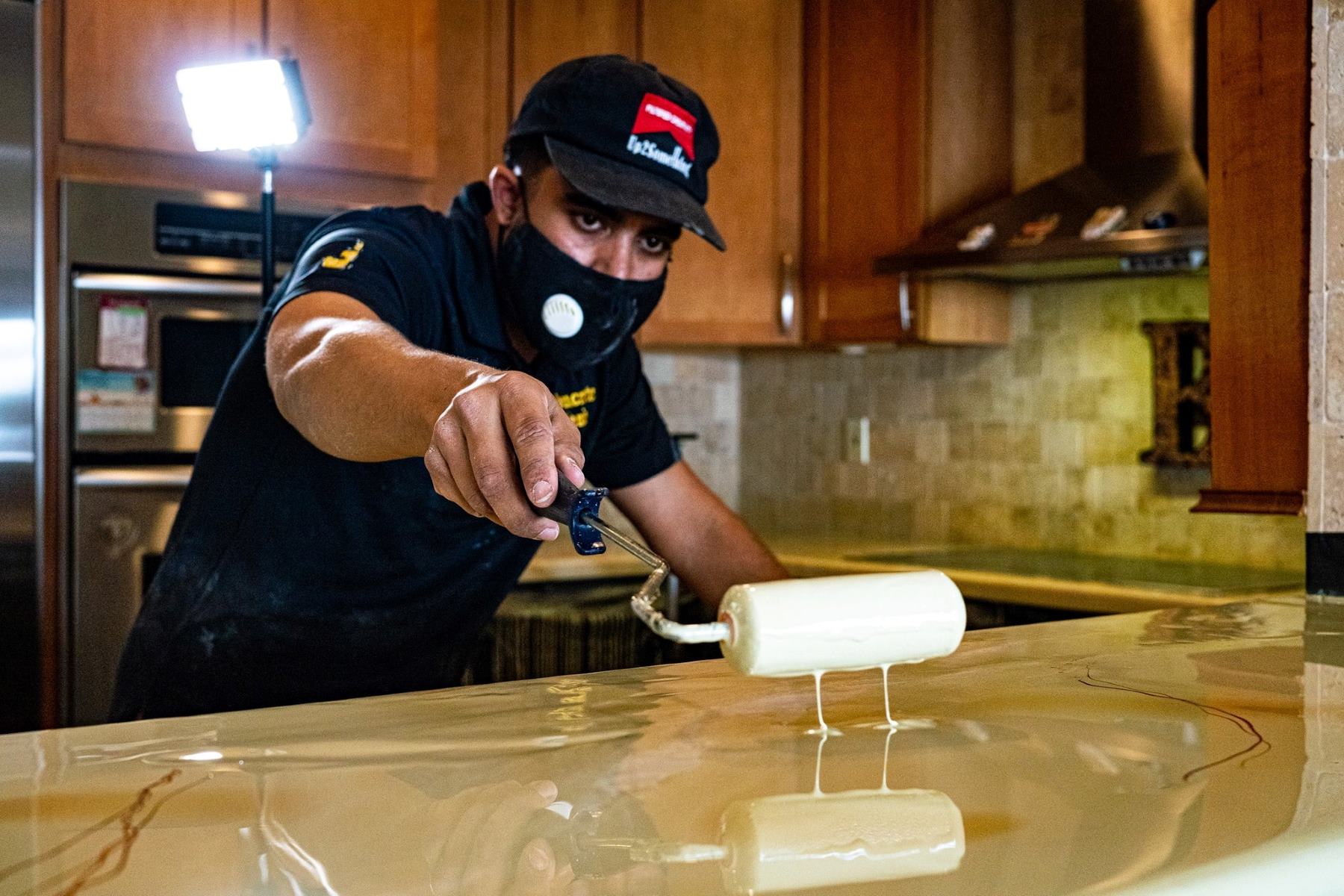

Articles
How To Apply Epoxy To Your Countertop
Modified: February 23, 2024
Learn how to epoxy your countertops with our informative articles. Transform your kitchen with a stunning epoxy countertop finish.
(Many of the links in this article redirect to a specific reviewed product. Your purchase of these products through affiliate links helps to generate commission for Storables.com, at no extra cost. Learn more)
Introduction
Welcome to the world of beautiful and durable epoxy countertops! Epoxy is a versatile and resilient material that can transform your dull and worn-out countertops into stunning focal points in your kitchen or bathroom. Whether you’re looking to upgrade your space or simply want to unleash your creativity, epoxy countertops are a fantastic choice.
In this comprehensive guide, we will walk you through the step-by-step process of creating your own epoxy countertops. From preparing the surface to applying the epoxy and adding unique designs, we will cover it all. So, grab your tools and let’s get started!
But first, let’s talk about what exactly epoxy is and why it’s such a popular choice for countertops. Epoxy is a highly durable and customizable material that consists of a two-part epoxy resin and a hardener. When mixed together, they create a chemical reaction that results in a strong and glossy surface.
Epoxy countertops offer numerous benefits that make them stand out from other countertop options. First and foremost, epoxy is incredibly resistant to stains, heat, and scratches, making it the perfect choice for high-traffic areas like kitchens. Additionally, epoxy is available in a wide range of colors, allowing you to customize your countertops to match your personal style and aesthetic preferences.
Another advantage of epoxy countertops is their seamless and smooth finish. Unlike other materials, epoxy creates a surface without any visible seams, giving your countertops a clean and polished look. This makes epoxy countertops easy to clean and maintain, as there are no cracks or crevices for dirt and grime to accumulate.
Furthermore, one of the most exciting aspects of epoxy countertops is the ability to create unique designs and patterns. With the use of pigments, metallic powders, and other decorative elements, you can add a personal touch to your countertops. Whether you want a marbled effect, a vibrant swirl, or a bold geometric design, the possibilities are endless!
Now that you understand the benefits and possibilities of epoxy countertops, it’s time to gather the necessary materials and tools for the project. In the next section, we will dive into the detailed list of what you’ll need to get started.
Key Takeaways:
- Transform your countertops into stunning focal points with durable and customizable epoxy. Follow the comprehensive guide for a seamless process, from preparation to creative designs and protective topcoats.
- Embrace the opportunity to unleash your creativity and transform your countertops into stunning centerpieces. Follow safety precautions, practice patience, and enjoy the process for beautiful, durable epoxy countertops.
Read more: How Durable Are Epoxy Countertops
Materials and Tools Needed
Before diving into the process of creating epoxy countertops, it’s important to ensure you have all the necessary materials and tools at your disposal. Here’s a comprehensive list of what you’ll need:
Materials:
- Epoxy resin and hardener
- Pigments or metallic powders (for color and design)
- Primer (if necessary)
- Sanding paper or sanding block (various grits)
- Painter’s tape or masking tape
- Plastic drop cloths or plastic sheets
- Denatured alcohol or acetone (for cleaning)
- Empty paint cans or mixing cups
- Stir sticks or mixing paddles
- Disposable gloves
- Respirator mask (for ventilation)
- Heat gun or blowtorch (for removing air bubbles)
- Clear topcoat for extra protection (optional)
Tools:
- Electric sander or orbital sander (for surface preparation)
- Paintbrush or foam brush
- Notched trowel or putty knife
- Paint roller (for applying epoxy to larger surfaces)
- Plastic spreader or squeegee (for spreading epoxy)
- Level
- Measuring cups or a digital scale (for accurate measurements)
- Heat-resistant gloves (if working with a blowtorch)
- Wet/dry vacuum (for removing dust and debris)
It’s important to note that the specific materials and tools required may vary depending on the size and complexity of your countertop project. Consider the dimensions of your countertops, the desired design, and any additional features you may want to incorporate.
Before moving forward, it’s also crucial to ensure you have a well-ventilated workspace. Epoxy resin can release strong fumes during the curing process, so make sure there is proper ventilation or use a respirator mask to protect yourself.
Now that you have a thorough understanding of the materials and tools you’ll need, it’s time to move on to the first step: preparing the surface of your countertops. We’ll discuss this in detail in the next section.
Preparing the Countertop Surface
Properly preparing the surface of your countertops is essential for achieving a smooth and successful epoxy application. Follow these steps to ensure your countertops are ready:
- Clean the surface: Begin by removing any items from the countertops and thoroughly clean the surface using a gentle cleaner or a mixture of warm water and mild dish soap. Make sure to remove any dirt, grease, or residue to achieve a clean surface for proper adhesion.
- Sand the countertops: Depending on the condition of your countertops, you may need to sand them to create a rough texture. This will help the epoxy adhere better to the surface. Start by using a coarser grit sandpaper (around 80-100 grit) and gradually move to finer grits (up to 220 grit) for a smooth finish. Be sure to sand evenly and wipe away any dust with a clean cloth or vacuum.
- Repair any damage: Inspect your countertops for any chips, cracks, or holes. Use an epoxy putty or filler to repair these areas. Follow the manufacturer’s instructions for the specific product you’re using and allow it to fully cure before moving on to the next step.
- Prime (if necessary): In some cases, applying a primer may be necessary, especially if you’re working on a porous surface or if you want to ensure better adhesion. Consult the instructions of your chosen primer and apply it in thin, even coats. Allow the primer to dry completely before proceeding.
- Mask off surrounding areas: To protect the surrounding surfaces, use painter’s tape or masking tape to create a clean border around the countertops. Cover the cabinets, backsplash, and any adjacent surfaces with plastic drop cloths or plastic sheets to prevent any accidental spills or drips.
- Ensure the surface is level: Use a level to check if your countertops are level. If they aren’t, you may need to use shims or other leveling materials to ensure a flat surface. This step is crucial for achieving an even epoxy finish.
By taking the time to properly prepare the surface of your countertops, you’ll set yourself up for a successful epoxy application. Remember to follow the instructions provided by the manufacturers of the cleaning products, sandpaper, repair materials, and primers you’re using. With the surface ready, it’s time to move on to the next step: mixing the epoxy.
Mixing the Epoxy
Now that the surface of your countertops is prepared, it’s time to mix the epoxy. Follow these steps to ensure a proper mixture:
- Read the instructions: Start by carefully reading the instructions provided by the manufacturer of your epoxy resin and hardener. Different products may have varying ratios and mixing times, so it’s important to follow the specific guidelines for the epoxy you’re using.
- Measure the epoxy components: Using either measuring cups or a digital scale, measure the appropriate amounts of epoxy resin and hardener according to the manufacturer’s instructions. Accuracy is crucial to ensure proper curing and a successful end result.
- Pour the epoxy components: Pour the measured amounts of epoxy resin and hardener into a clean container, such as an empty paint can or mixing cup. Ensure that the container is large enough to accommodate the full volume of the mixture without overflowing.
- Mix thoroughly: Use a stir stick or a mixing paddle attached to a power drill to thoroughly mix the epoxy components. Start at a low speed to prevent introducing air bubbles into the mixture and gradually increase the speed until the components are well combined. Scrape the sides and bottom of the container to ensure all the resin and hardener are fully incorporated.
- Optional: Add pigments or metallic powders: If you want to introduce color or create unique designs in your epoxy countertops, add the desired pigments or metallic powders to the mixture. Mix them thoroughly until the desired color or effect is achieved. Remember, a little goes a long way, so start with a small amount and gradually add more if needed.
It’s important to mix the epoxy resin and hardener according to the manufacturer’s instructions to achieve optimal chemical reactions and curing. Improper mixing can lead to an incomplete cure, soft spots, or visible imperfections in the final epoxy surface.
Once the epoxy mixture is ready, it’s time to move on to the next step: applying the epoxy to your countertops. We’ll guide you through the process in the upcoming section.
Applying the Epoxy to the Countertop
Now comes the exciting part – applying the epoxy to your countertops! Follow these steps to ensure a smooth and successful application:
- Remove any dust: Before applying the epoxy, make sure the countertop surface is clean and free of any dust or debris. Use a wet/dry vacuum or a clean cloth to remove any residual particles.
- Start with a primer coat (optional): Depending on the epoxy product you’re using, you may want to apply a thin layer of clear epoxy as a primer. This primer coat helps to ensure better adhesion and can help prevent any potential air bubbles from forming in subsequent layers.
- Pour the epoxy: Start by pouring the mixed epoxy onto the center of the countertop surface. Use a notched trowel or a putty knife to spread the epoxy evenly over the entire surface, working from the center outwards. Be sure to cover the edges as well.
- Spread the epoxy: Once the epoxy is poured, use a plastic spreader or a squeegee to spread it evenly across the countertop surface. The goal is to create a smooth and level layer of epoxy. Take your time and work methodically, ensuring that there are no empty spots or uneven areas.
- Smooth out any high spots: If you notice any raised or uneven areas, use the plastic spreader or a foam brush to gently flatten and level them. This will help achieve an even and consistent thickness for the entire countertop surface.
- Pay attention to the edges: Ensure that the epoxy covers the edges of the countertop as well. Use a paintbrush or a foam brush to apply epoxy to the edges, carefully spreading it to create a seamless transition between the countertop surface and the sides.
Keep in mind that working quickly is crucial when applying epoxy, as it has a limited working time before it begins to cure. Take breaks if needed, but be mindful of the pot life specified by the manufacturer to ensure successful curing.
Once the epoxy is applied, you can move on to the next step: creating designs or patterns if desired. We’ll discuss this in detail in the following section.
Read more: What To Clean Epoxy Countertops With
Creating Designs or Patterns
One of the most exciting aspects of working with epoxy countertops is the ability to get creative and add unique designs or patterns. Whether you want to achieve a marbled effect, create a vibrant swirl, or incorporate other artistic elements, here are some techniques you can use:
- Marbling: To create a beautiful marbled effect, you can use different colors of epoxy and manipulate them with tools such as a paintbrush or a toothpick. Start by pouring small amounts of each color randomly onto the countertop surface. Then, use a tool to swirl and blend the colors together, creating the desired marbled pattern.
- Inlaying: Inlaying objects or materials into the epoxy can add a unique touch to your countertops. This can include shells, stones, glass pieces, or even photos or meaningful objects. Arrange your chosen items on the countertop surface and pour epoxy over them, ensuring they are fully encased in the epoxy layer.
- Tinting and layering: You can achieve stunning effects by tinting your epoxy with pigments and creating multiple layers. Pour a thin layer of epoxy onto the countertop surface, add the desired pigments, and then pour another layer on top, repeating the process as desired. This creates depth and dimension in your design.
- Geometric designs: Use painter’s tape or masking tape to create geometric shapes or patterns on the countertop surface before pouring the epoxy. Once the epoxy is poured and cured, remove the tape to reveal clean lines and precise geometric designs.
Remember, the key to creating designs or patterns is to work with the epoxy while it is still wet and malleable. Take your time, experiment, and have fun with the process. Don’t be afraid to try different techniques or combine multiple techniques to achieve the desired effect.
Once you’re satisfied with the design or pattern, it’s important to address any air bubbles that may have formed. We’ll discuss how to remove air bubbles in the next section.
When applying epoxy to countertops, make sure to thoroughly clean and degrease the surface before starting. Any residue or grease can affect the adhesion of the epoxy.
Removing Air Bubbles
During the epoxy application process, air bubbles can sometimes form within the epoxy. It’s essential to remove these air bubbles to ensure a smooth and flawless finish. Here are some methods you can use to remove air bubbles:
- Heat gun or blowtorch: Gently pass a heat gun or blowtorch over the surface of the epoxy, holding it several inches away. The heat will cause the air bubbles to rise and pop, leaving a smooth surface behind. Be cautious not to hold the heat source too close or for too long, as it can cause the epoxy to bubble or burn. Make sure to wear heat-resistant gloves and work in a well-ventilated area.
- Isopropyl alcohol spray: Fill a spray bottle with isopropyl alcohol and mist it over the surface of the epoxy. The alcohol helps to break the surface tension and release trapped air bubbles. After spraying, use a heat gun or a blowtorch on low heat to further eliminate any remaining bubbles.
- Puncture the bubbles: If you spot any small or stubborn air bubbles, you can gently use a toothpick or a pin to puncture them. This will release the trapped air and allow the epoxy to level out. Be careful not to gouge or damage the epoxy surface while doing this.
- Self-leveling epoxy: If you’re using a self-leveling epoxy product, it may eliminate air bubbles on its own as it settles and levels out. Follow the manufacturer’s instructions carefully, as these products have specific guidelines for working with them.
Remember, prevention is always better than cure when it comes to air bubbles. To minimize the chance of air bubbles forming, avoid overmixing the epoxy, pour it slowly and evenly, and use a plastic spreader or squeegee to spread the epoxy gently and evenly across the surface.
Once all the air bubbles have been removed, allow the epoxy to cure according to the manufacturer’s instructions. This can take anywhere from 24 to 72 hours, depending on the specific product. During the curing process, it’s important to keep the area clean and free from dust or any potential contaminants.
With the air bubbles taken care of and the epoxy cured, it’s time to move on to the next step: curing and sanding the countertop. We’ll discuss this process in the upcoming section.
Curing and Sanding the Countertop
After the epoxy has been applied and air bubbles have been removed, the next step is to allow the countertop to cure. Curing is the process of allowing the epoxy to fully harden and reach its maximum strength. Here’s how to properly cure and sand your epoxy countertops:
- Follow the curing time: Refer to the manufacturer’s instructions for the recommended curing time for your specific epoxy product. Typically, epoxy takes around 24 to 72 hours to cure completely. During this time, it’s important to avoid touching or placing any objects on the countertop to prevent damage or marring of the surface.
- Check for imperfections: Once the epoxy is fully cured, inspect the surface for any imperfections, such as high spots, rough patches, or uneven areas. If any issues are present, mark them for sanding.
- Sand the countertops: Start by using a low-grit sandpaper or sanding block (around 120 to 220 grit) to gently sand away any imperfections. Use smooth and even strokes, working in a circular motion or in the direction of the grain if applicable. Take care not to sand too aggressively, as you don’t want to damage the epoxy layer.
- Gradually increase the grit: As you sand, gradually switch to higher-grit sandpaper (such as 400 to 800 grit) for a smoother finish. This will help remove any visible scratches from the previous sanding and create a polished surface. Continue sanding until you achieve a smooth and even finish across the entire countertop.
- Clean the countertop: After sanding, thoroughly clean the countertop surface to remove any sanding dust or residue. Use a damp cloth or sponge and wipe down the surface, ensuring it is clean and free of debris.
Remember, sanding is a gradual process, so take your time to achieve the desired smoothness and levelness of the countertop surface. It’s important to work gently and patiently to avoid creating uneven or rough areas.
Once the countertops are sanded and cleaned, they are ready for the next step: applying a protective topcoat. We’ll discuss this process in detail in the following section.
Applying a Protective Topcoat
After your epoxy countertops have been cured and sanded, it’s time to apply a protective topcoat. The topcoat adds an extra layer of protection to the epoxy surface and enhances its durability and shine. Here’s how to apply a protective topcoat:
- Select the right topcoat: Choose a topcoat that is specifically designed for use on epoxy surfaces. Look for a high-quality, clear, and non-yellowing topcoat that provides excellent durability and UV resistance.
- Prepare the surface: Before applying the topcoat, make sure the countertop surface is clean and free of any dust or debris. Wipe down the surface with a damp cloth or sponge and allow it to dry completely.
- Read the instructions: Carefully read the instructions provided by the manufacturer of the topcoat. Follow the recommended application techniques and drying times to ensure the best results.
- Apply the topcoat: Pour a small amount of the topcoat onto the countertop surface and use a paintbrush or foam brush to spread it evenly over the entire surface. Work in smooth and even strokes, making sure to cover the edges as well. Be careful not to apply the topcoat too thickly, as it can result in visible brush marks or unevenness.
- Level the topcoat: To achieve a smooth and level topcoat, use a foam brush or a plastic spreader to gently drag and level the topcoat across the surface. This will help ensure an even and consistent thickness of the protective layer.
- Remove any air bubbles: After applying the topcoat, check for any air bubbles that may have formed. Use a heat gun or a blowtorch on low heat to gently pass over the surface, aiming to pop the bubbles. Be cautious not to overheat the epoxy or the topcoat, as it can cause damage.
Allow the protective topcoat to dry and cure according to the manufacturer’s instructions. Typically, it may take around 24 to 72 hours for the topcoat to fully cure. During this time, keep the countertops free from dust or any potential contaminants.
Once the protective topcoat is completely dry, your epoxy countertops will have an added layer of durability and a beautiful, glossy finish. Now all that’s left to do is admire your transformed countertops and enjoy their enhanced beauty and functionality!
Before concluding, let’s discuss some final tips and considerations to keep in mind when working with epoxy countertops.
Read more: What Is The Best Epoxy For Countertops
Final Tips and Considerations
As you wrap up your epoxy countertop project, here are some final tips and considerations to keep in mind:
- Follow safety precautions: Throughout the entire process, prioritize safety. Wear protective gloves, a respirator mask, and safety goggles to protect yourself from any potentially harmful fumes or particles.
- Practice good ventilation: Ensure that your workspace is well-ventilated during the epoxy mixing and application process. Open windows or use fans to create airflow and prevent the buildup of fumes.
- Test a sample area: If you’re trying out new techniques or products, it’s a good idea to test them on a small sample area or a scrap piece of countertop before applying them to the entire surface.
- Maintain proper temperature and humidity: Follow the manufacturer’s recommendations regarding the ideal temperature and humidity range for epoxy application. Extreme temperatures or high humidity can affect the curing process and the final result.
- Be patient and take your time: Working with epoxy requires patience and attention to detail. Take your time during each step and allow ample curing time between stages to ensure the best outcome.
- Protect your countertops: Once your epoxy countertops are complete, use trivets or cutting boards for hot pots, pans, and sharp objects to maintain their beauty and protect them from damage.
- Regular maintenance: To keep your epoxy countertops looking their best, clean them regularly with a gentle cleaner and a soft cloth. Avoid using abrasive cleaners or scouring pads that can dull the epoxy’s shine.
- Seek professional assistance if needed: If you’re unsure about any aspect of the process or if you want a flawless, professional finish, consider consulting or hiring a professional epoxy installer to ensure the best results.
Remember, practice makes perfect, and working with epoxy countertops can be both satisfying and enjoyable. Embrace the opportunity to unleash your creativity and transform your countertops into stunning centerpieces in your home.
With the comprehensive guide provided and your newfound knowledge, you’re well-equipped to embark on your epoxy countertop journey. Enjoy the process and revel in the beauty of your newly transformed countertops!
Thank you for reading, and best of luck with your epoxy countertop project!
HTML validation is complete.
Conclusion
Congratulations on completing your journey to epoxy countertop perfection! You now possess a comprehensive understanding of the materials, tools, and techniques required to transform your dull countertops into stunning, durable works of art.
Throughout this guide, we covered the essential steps of the epoxy countertop process, from preparing the surface to applying the epoxy, removing air bubbles, and adding creative designs or patterns. We emphasized the importance of following safety precautions, maintaining good ventilation, and practicing patience throughout the entire process.
Epoxy countertops offer numerous benefits, including durability, resistance to stains, heat, and scratches, and the ability to customize their colors and designs. With proper maintenance and care, your epoxy countertops will continue to shine and impress for years to come.
Remember to always read and follow the instructions provided by the manufacturers of the epoxy resin, hardener, and topcoat you’re using. Each product may have specific guidelines and recommendations for achieving the best results.
If at any point you feel uncertain or overwhelmed, don’t hesitate to seek professional assistance. Epoxy countertop installation experts can provide valuable guidance and ensure a flawless finish.
Now it’s time to sit back, admire your handiwork, and revel in the beauty of your newly transformed countertops. Whether you’re enjoying a delicious home-cooked meal in your kitchen or getting ready for the day in your bathroom, your epoxy countertops will serve as a stunning focal point in your home.
Thank you for joining us on this epoxy countertop journey. We hope this guide has empowered you to unleash your creativity and create countertops that reflect your unique style and personality. Enjoy the process, and may your epoxy countertops bring joy and beauty to your living space!
HTML validation is complete.
Frequently Asked Questions about How To Apply Epoxy To Your Countertop
Was this page helpful?
At Storables.com, we guarantee accurate and reliable information. Our content, validated by Expert Board Contributors, is crafted following stringent Editorial Policies. We're committed to providing you with well-researched, expert-backed insights for all your informational needs.
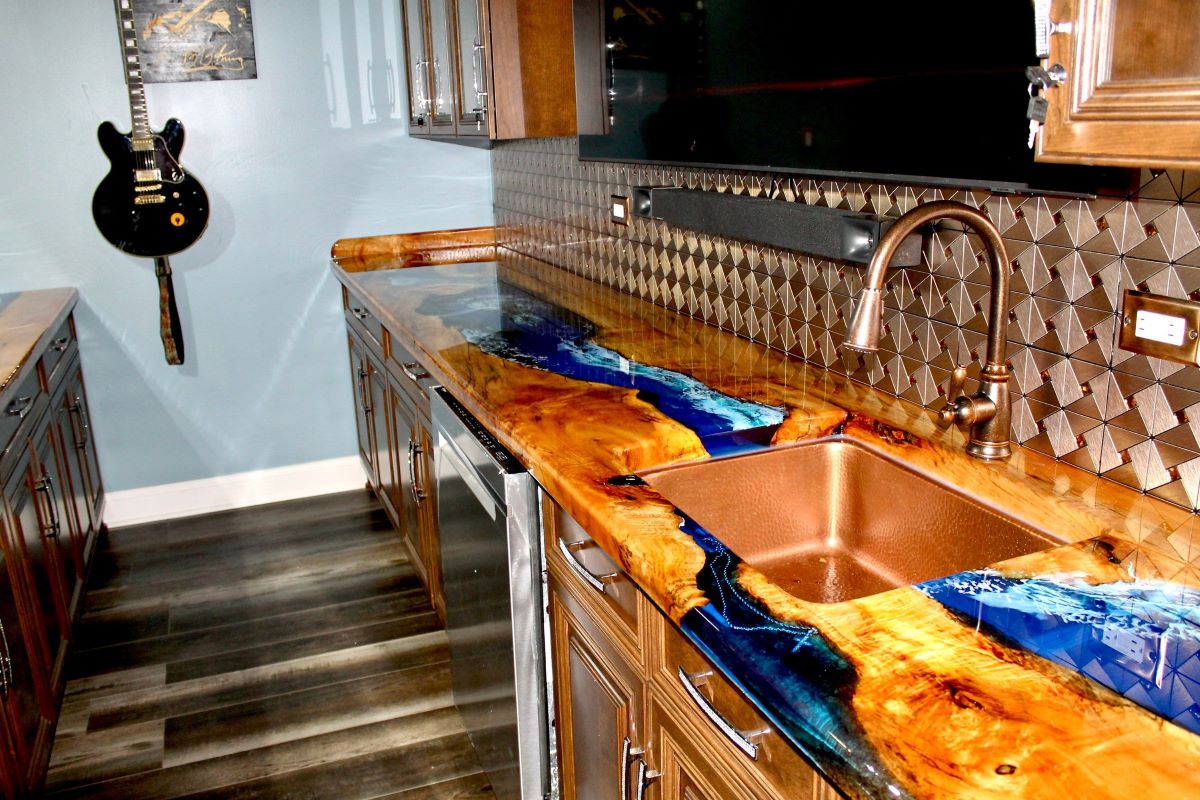
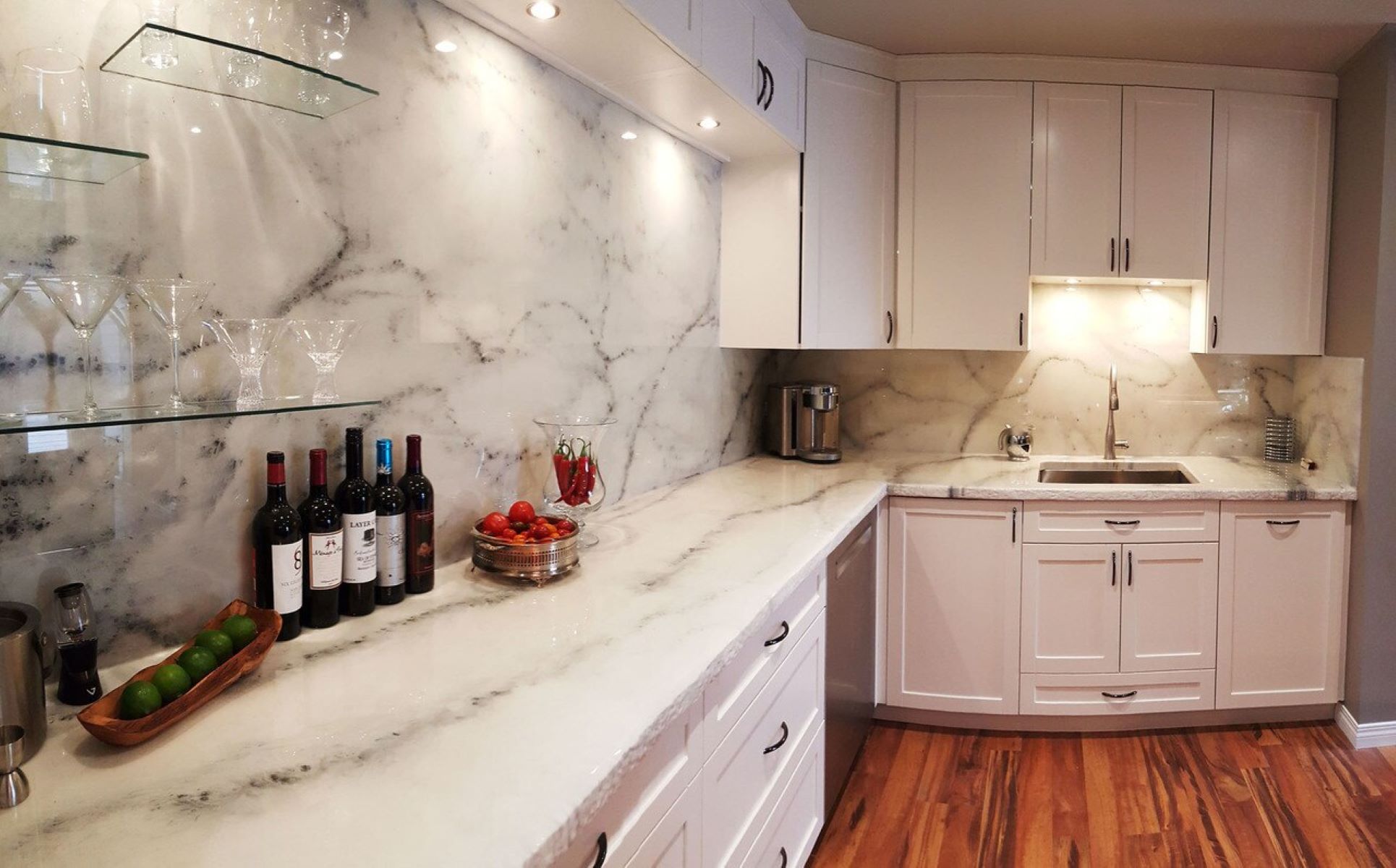
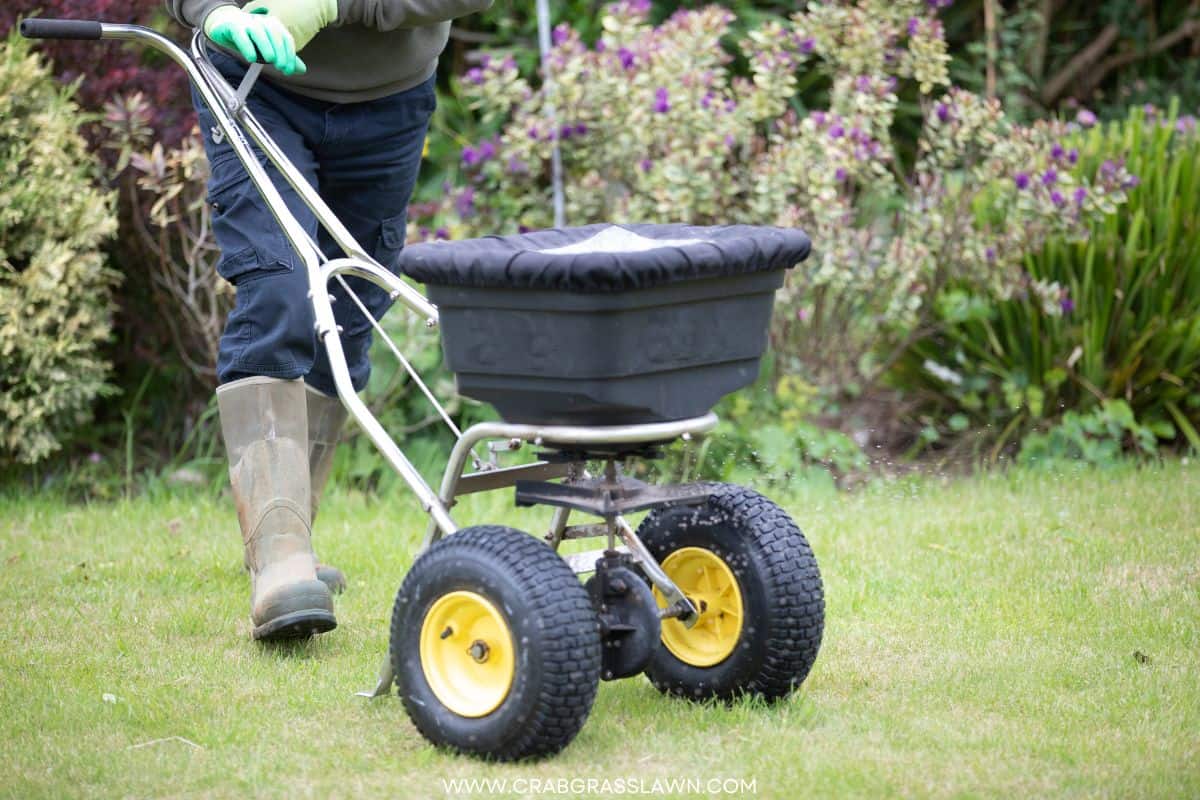
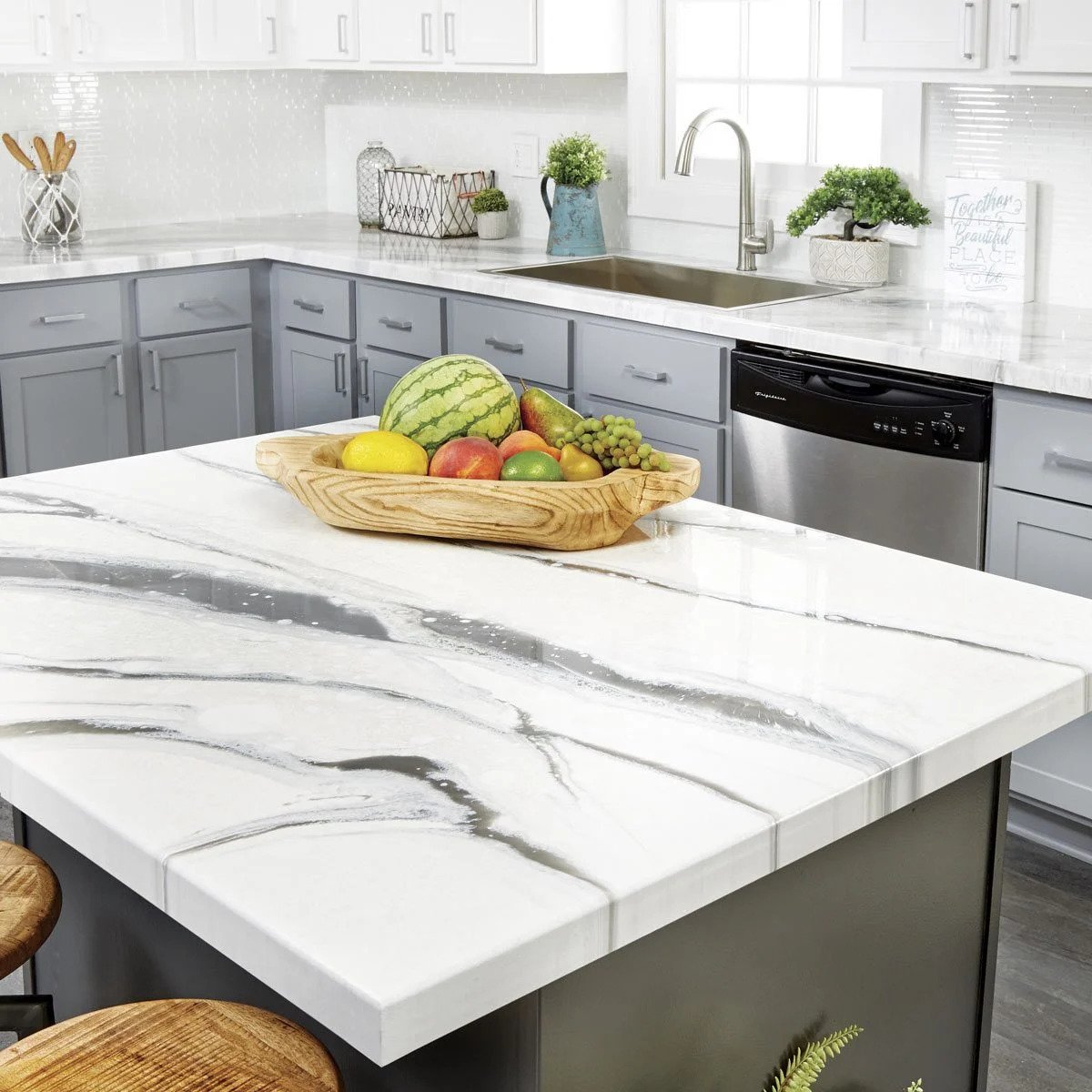
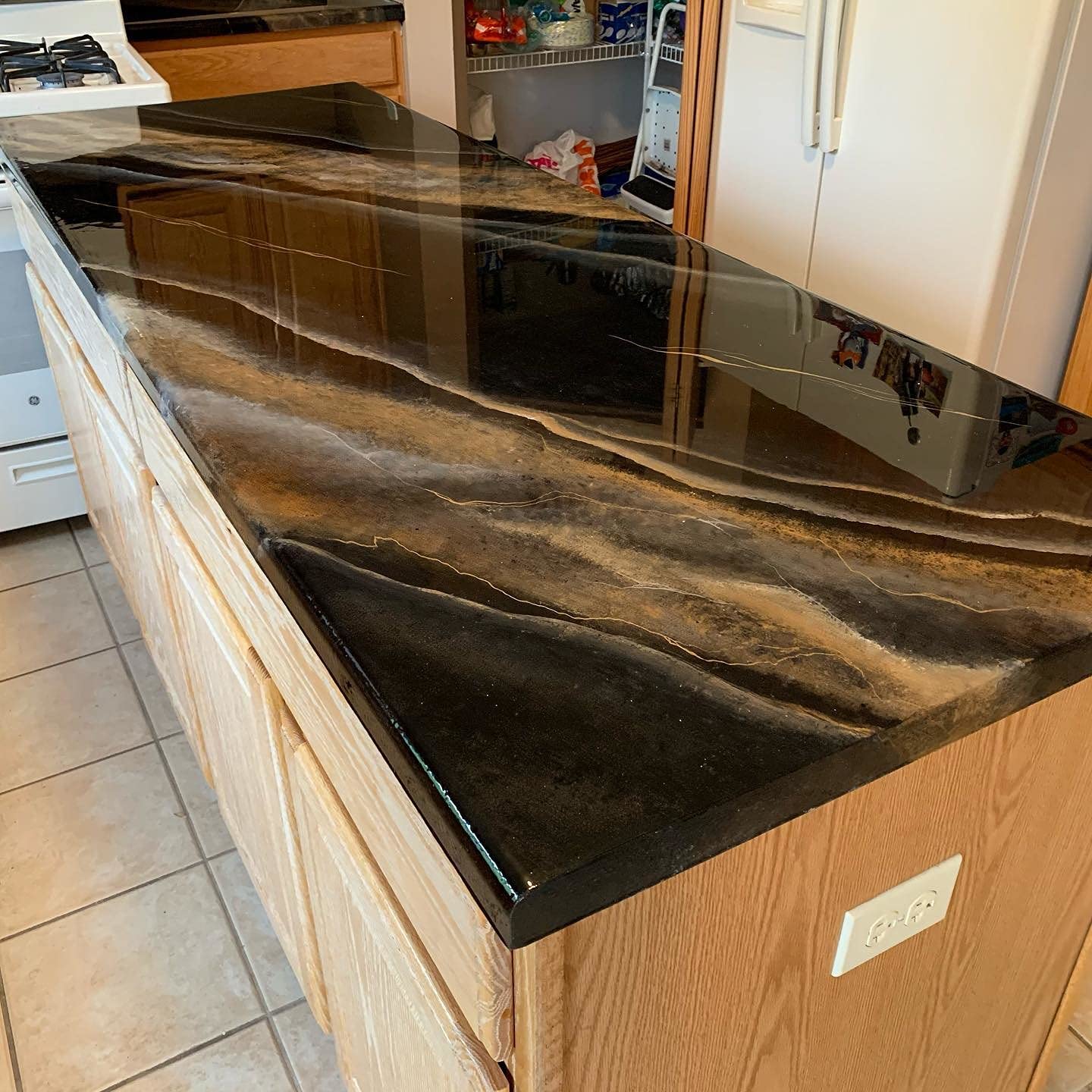
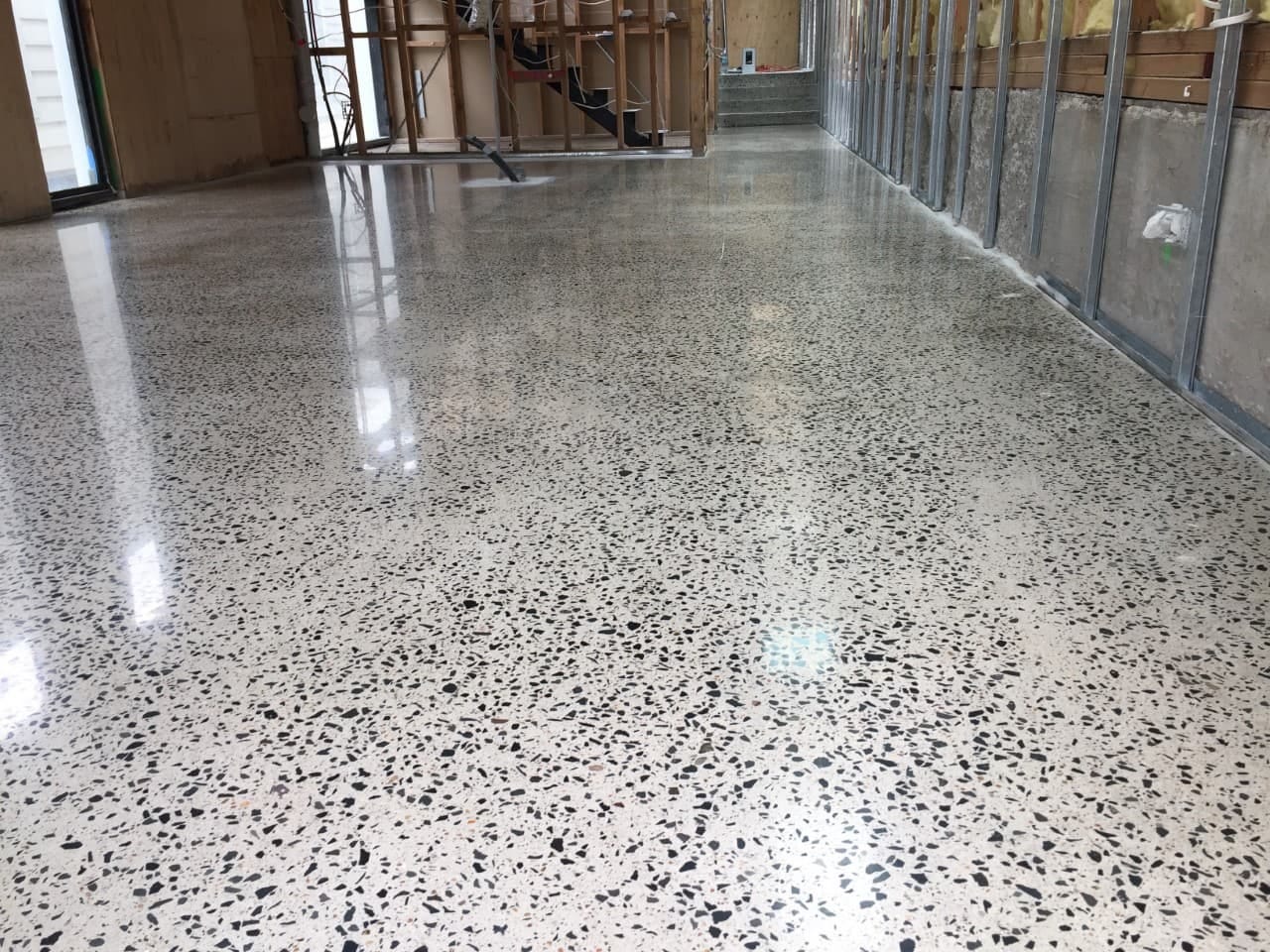
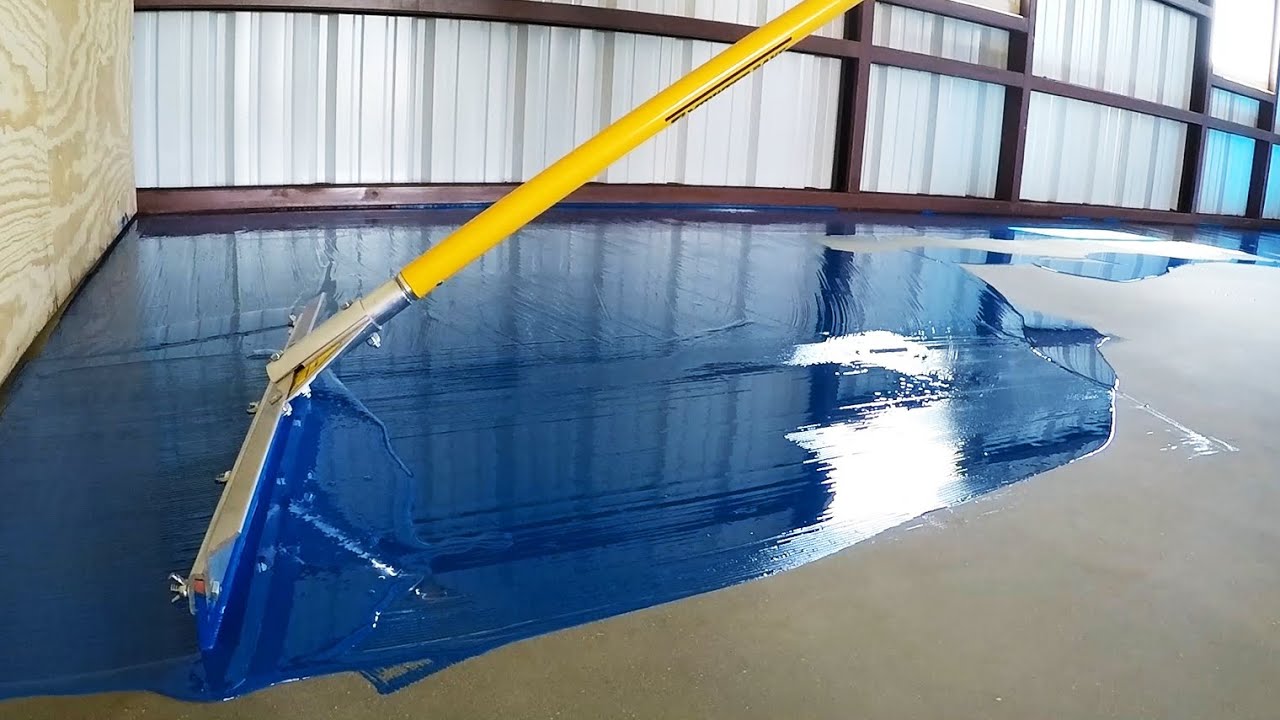
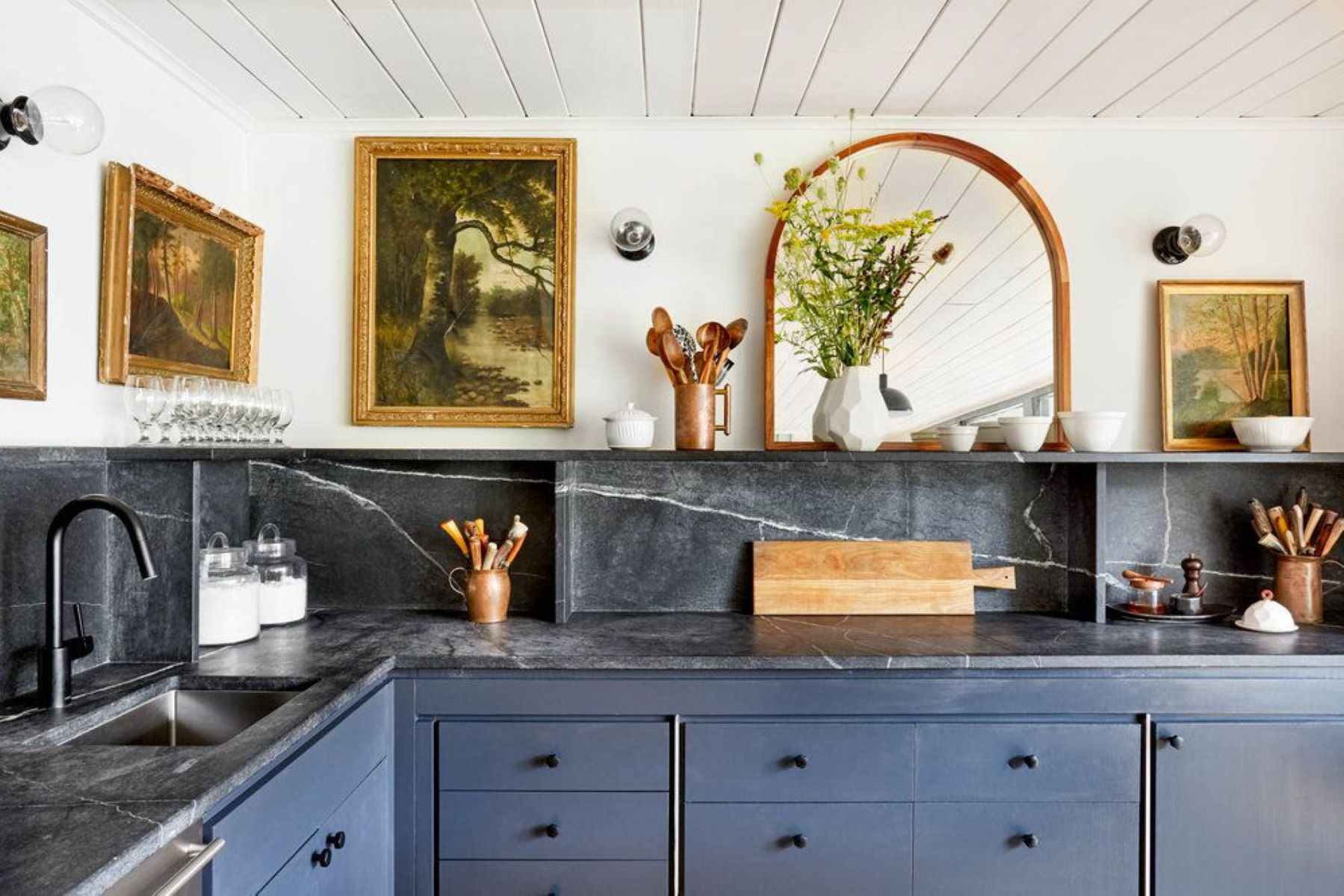
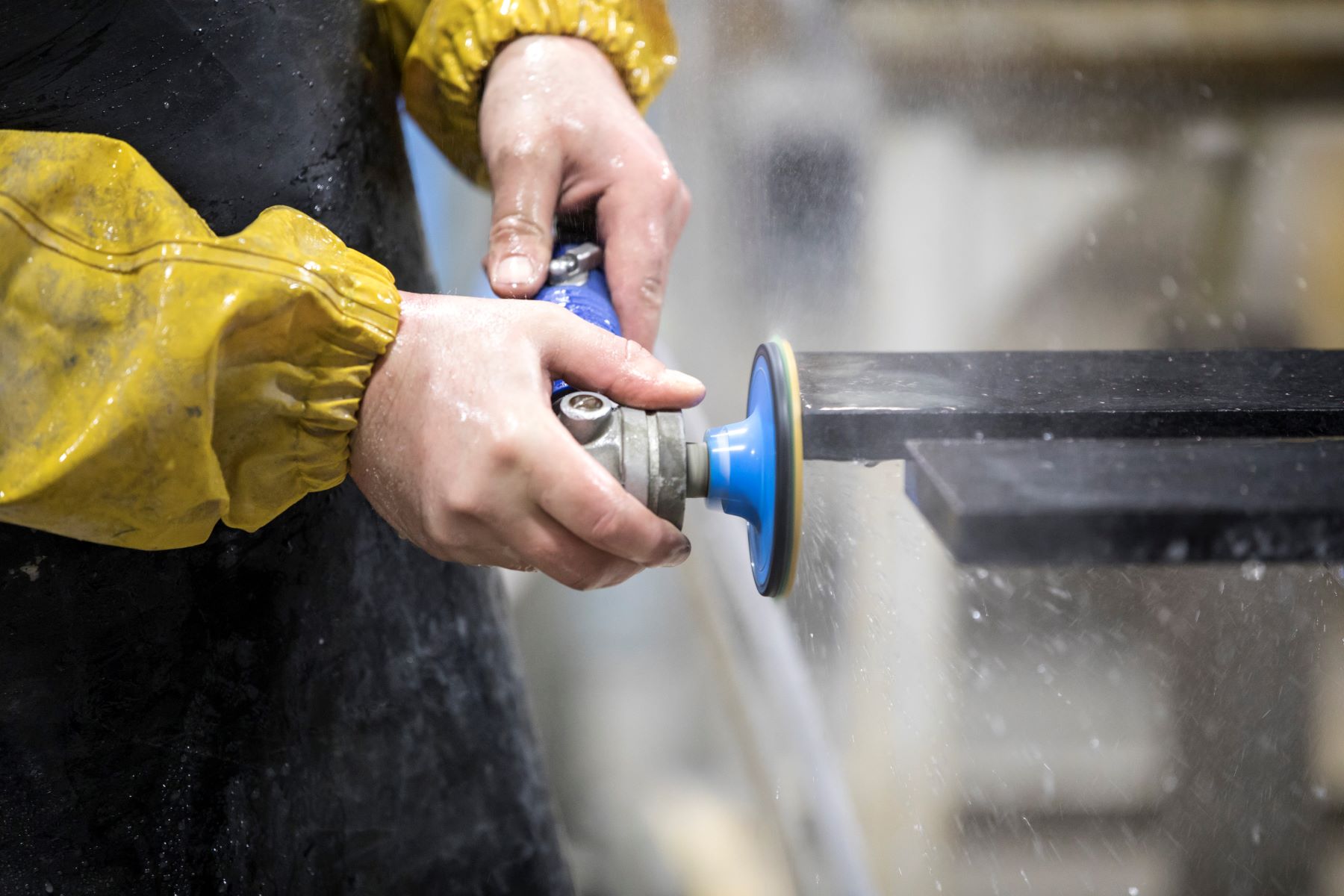
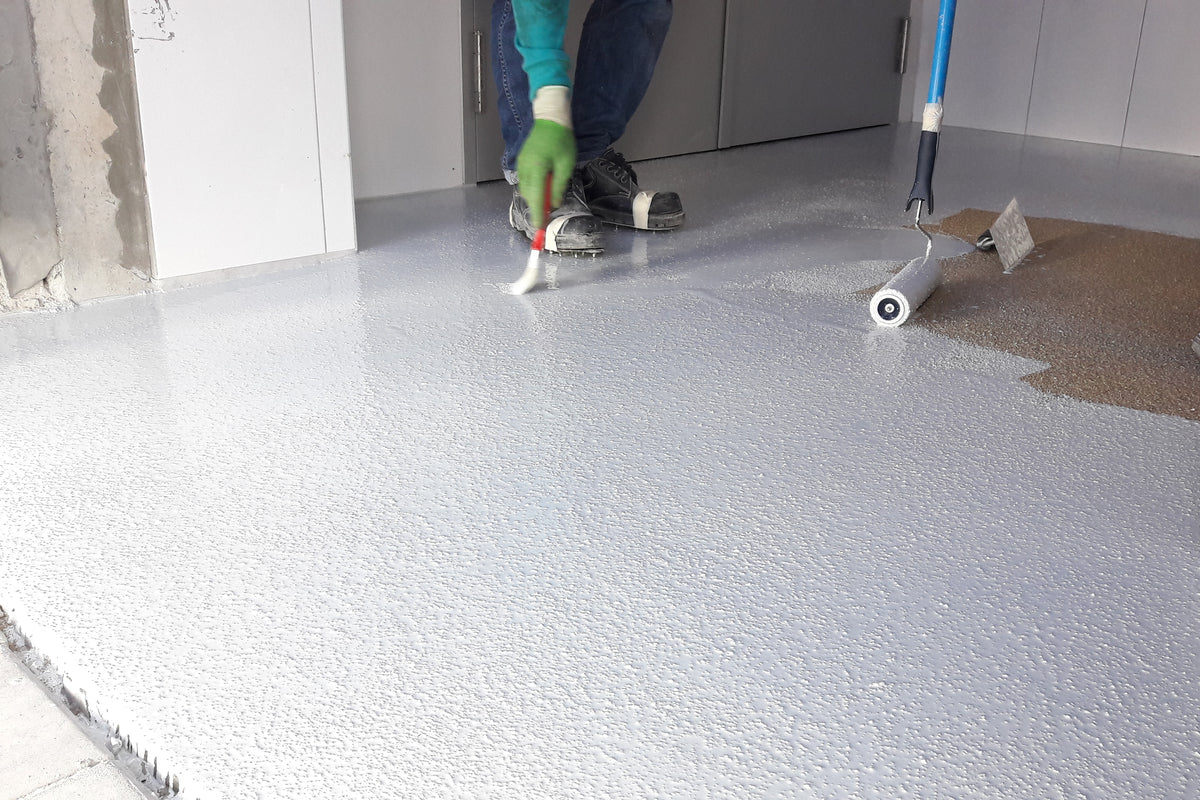
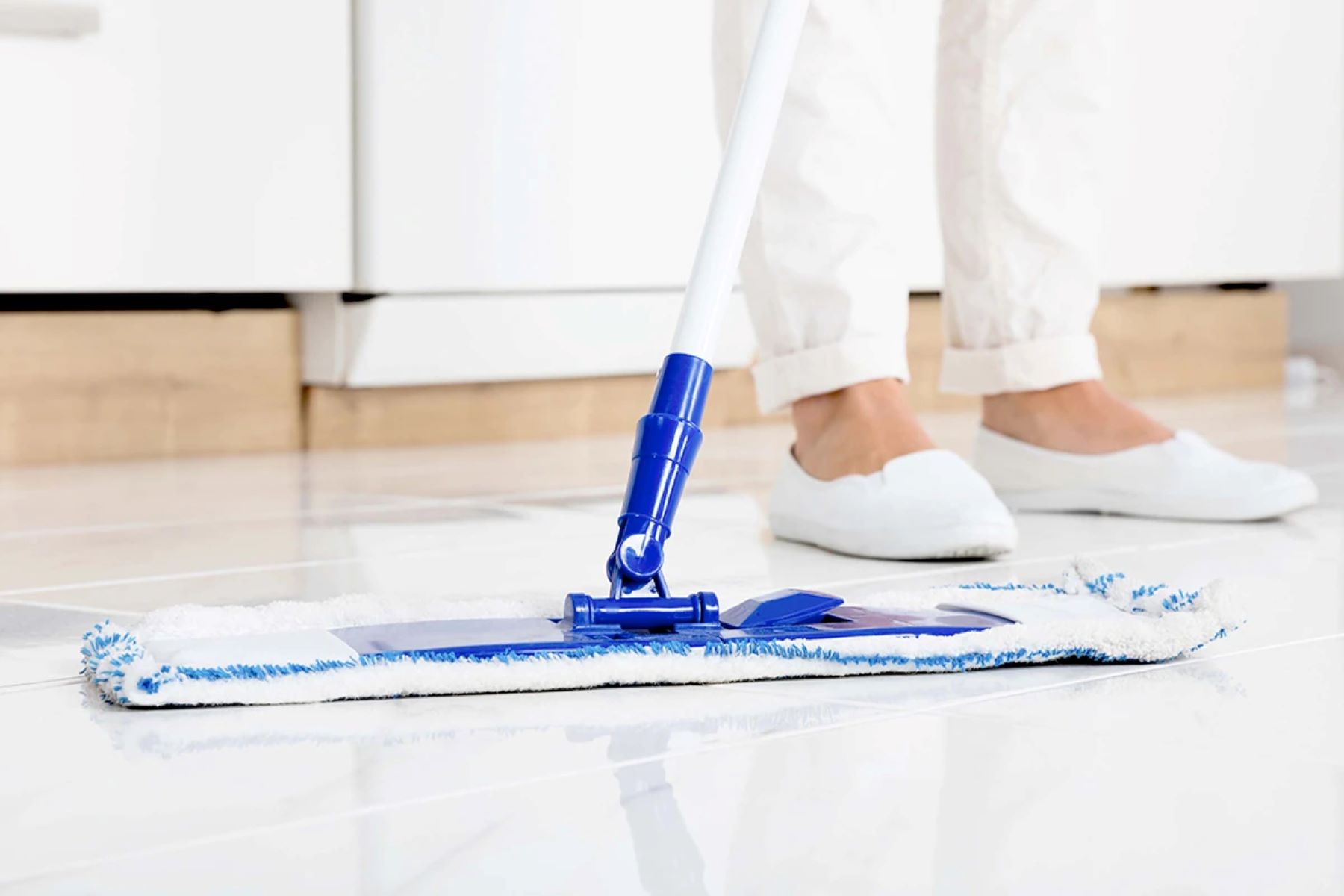
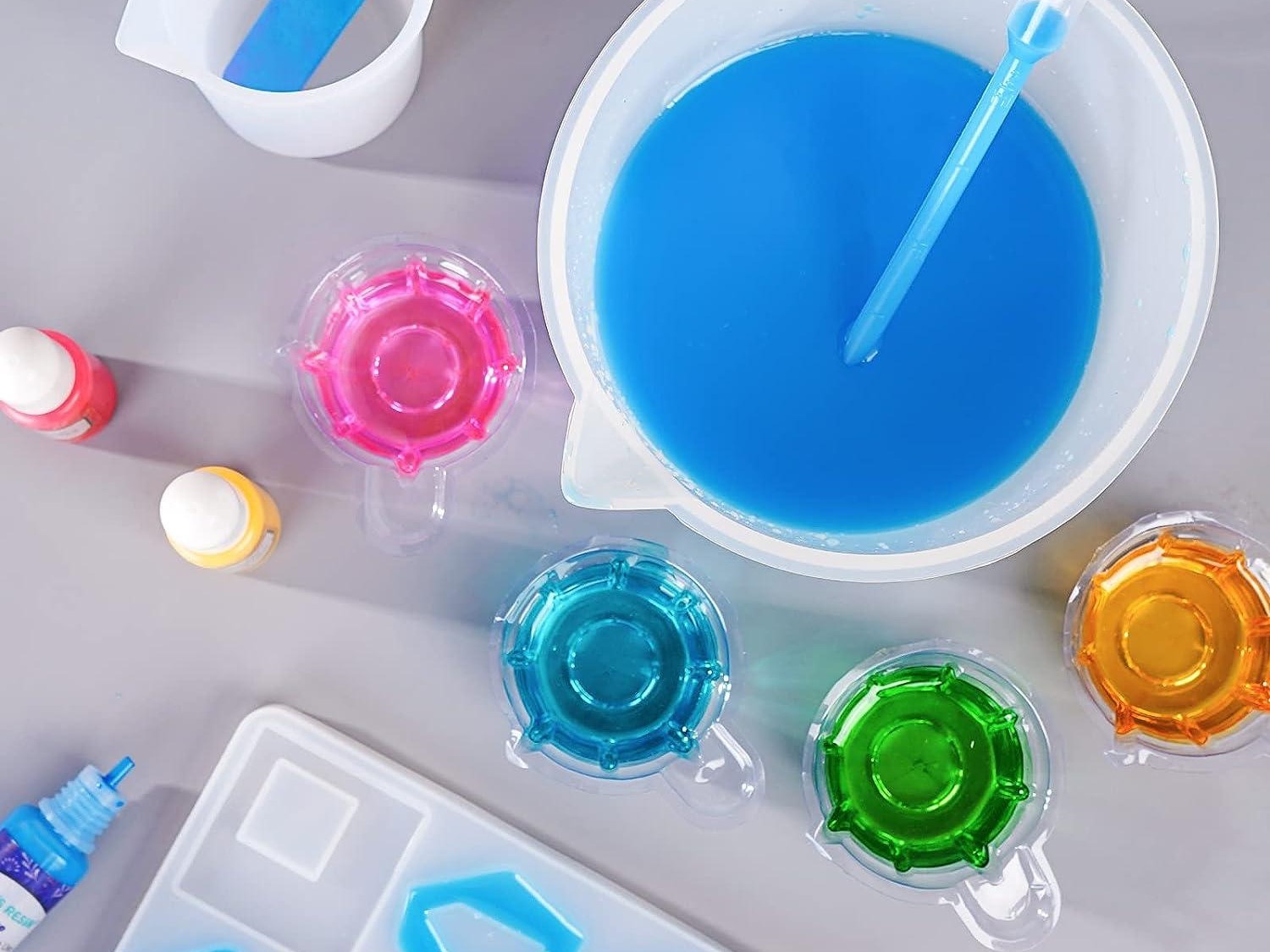
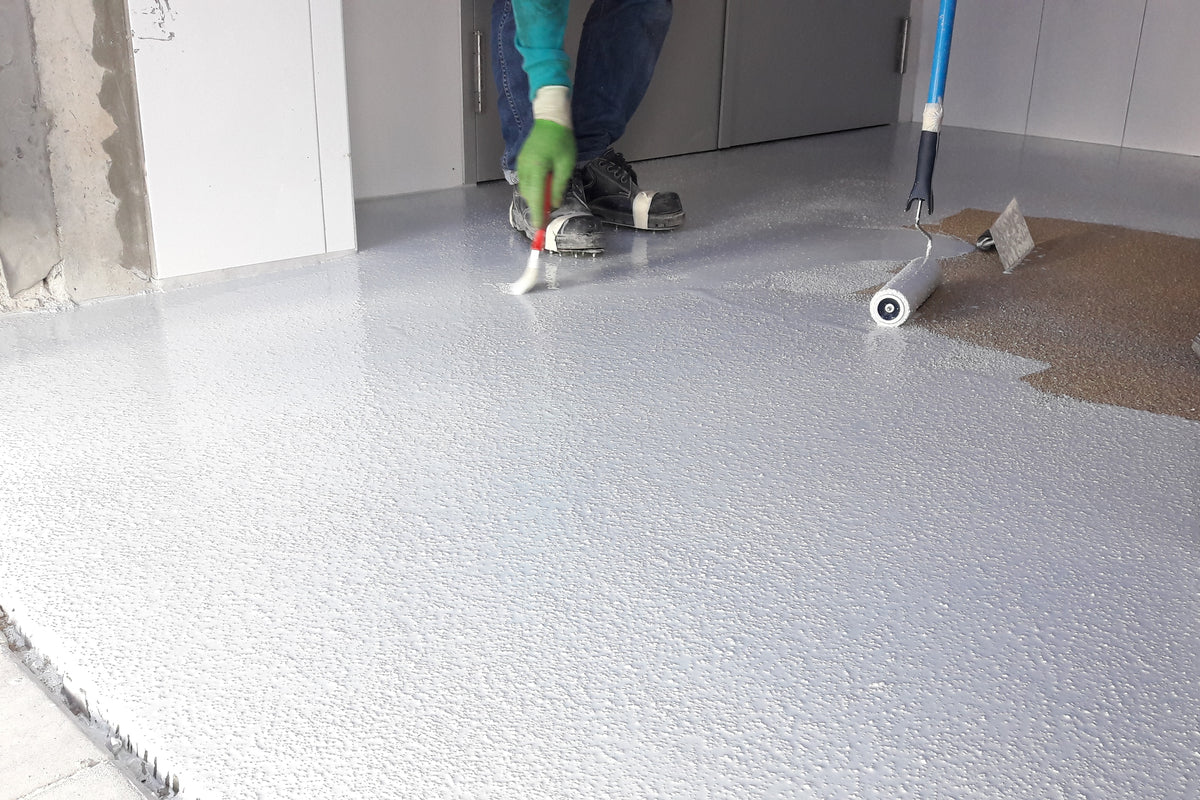

0 thoughts on “How To Apply Epoxy To Your Countertop”